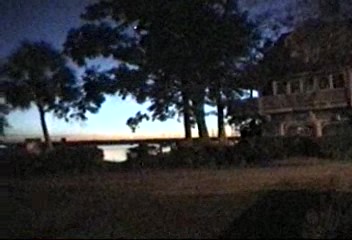For my first day in Georgia, I traveled south to Cumberland Island National Seashore to meet up with a friend and tour the island. To get there, we had to arrange tickets on The Cumberland Queen from the mainland through the Park Service, which has limited days of operation in winter. I had called the National Park Service to arrange my ferry on the day with tours I wanted, and they could not have been more kind and friendly. My friend brought a friend and one of us brought pumpkin bread, and we joined a group of engineers on the Land and Legacies tour. It first took us out to the Settlement on the north end of the island, the site where a number of African-American freedmen settled following emancipation during the Civil War. We visited the First African Baptist Church, which they founded in 1893, and then rebuilt in the 1930s, as the sea is pretty destructive for buildings. (The church may be most well-known because it was the site of the John Kennedy Jr wedding to Carolyn Bessette in 1996.) It was under renovation when we visited and its smallness surprised us.
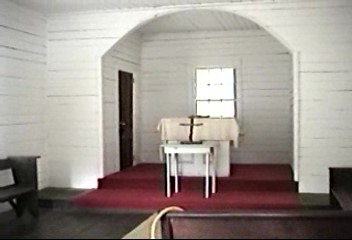
We also visited the home of the last resident of the Settlement, who left in the 1980s. It was a charming cottage, and contained maps from 1802 showing Amelia Island in northern Florida nearby, which is the home of my traveling companions.
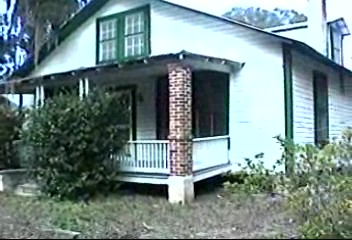
Then we headed up to the north end of the island, which contained two estates and a number of outbuildings owned by various Carnegies during the Gilded Age and into the mid-20th century. Our first stop was Plum Orchard Mansion, which is an 1898 Georgian Revival mansion built by Lucy Carnegie for her son George and his bride, Margaret. Lucy and Margaret had a rivalry about their respective mansions, so Margaret kept building on to the mansion after they wed. It was beautifully decorated for Christmas during our visit, but we spent considerable time in the basement taking in the foundation. This may have been due to our engineer fellow travelers who asked multiple questions about the structure. I learned a lot about the building and was most impressed by the massive refrigerator built-in, but my favorite room was the indoor pool, which was empty but elegant.
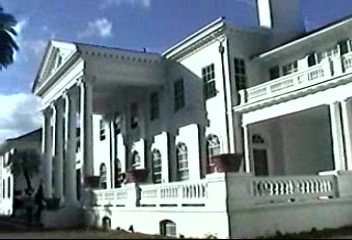
We stopped at the graveyard and saw some of the pre-Carnegie resident graves. The Park Service was still investigating their lives. Our tour ended at the ruins of Lucy’s mansion, Dungeness, which was even more grand, built in 1884 to mimic a European manor house when the Rockefellers kicked the Carnegies out of their settlement of millionaires on Jekyll Island. Lucy and her husband Thomas wintered there and entertained lavishly. Unfortunately, it burned in the 1950’s after Lucy died and has not been rebuilt. Some of the homes on the island remain in Carnegie hands, with arrangements to transfer them to the Park Service in the future. The Rockefellers maintain a small holding on Cumberland as well.

We walked around the bookkeeper’s house. Markers show the house and gardens in full glory as winter homes. Apparently, Robert E Lee’s father was also originally buried nearby, but was later moved back to Alexandria, VA. We had an hour to explore the grounds at this end of the island before we made our way back to the ferry dock to sail back to the mainland. It was a gorgeous full day, but I was beginning to be concerned about my dog, who was stuck in the car at the dock in St. Marys on the mainland because I did not feel comfortable leaving him alone in our Savannah hotel.
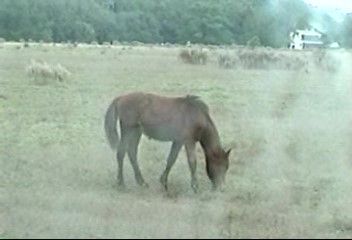
We got safely back to St. Marys and my patient dog was waiting for me. I walked him around the very quaint town as the sun set. The town square and the shops around it were decorated for Christmas, and he was welcomed inside as I browsed. We both wandered along the shore, breathing in the smell of the sea. Aside from my various transits through the Atlanta airport, I had not spent any time in Georgia. The coast was a huge, beautiful surprise. I can see why millionaires came to spend winters there.
